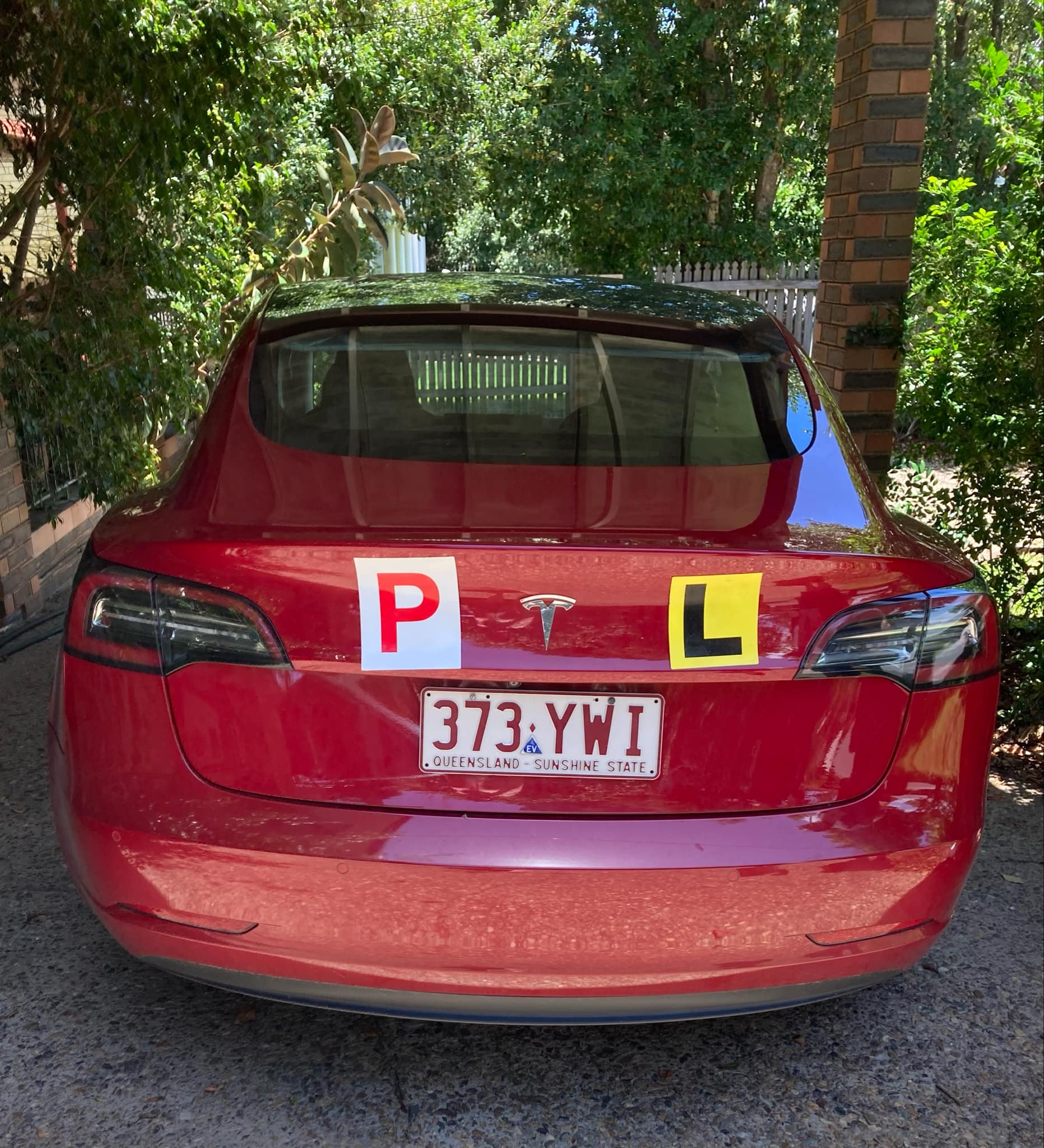
It’s been a roller coaster ride for fans of the Chevy Bolt all-electric car. Despite the EV’s growing popularity among the car-buying public, earlier this year General Motors indicated that production would soon screech to a halt. Then July came with news that a new, improved, and lower-cost iteration of the Bolt is on the way, eventually. Now GM is affirming that it will launch an attractive new vehicle-to-home bidirectional EV charging platform, but the Bolt is nowhere to be seen. Hey, what gives?
A New Vehicle-To-Home EV Charging Platform For Everyone (Except The Bolt, For Now)
GM provided CleanTechnica with an embargoed press release that runs down the nuts and bolts of the new EV charging platform, and it is just what EV drivers — and grid planners — have been looking for. The bi-directional charging technology enables drivers to charge up their vehicles wherever and whenever it’s most convenient, and then use those kilowatts to power their home appliances as needed. Drivers can also use factor in a preference for charging stations powered by renewable energy.
Bidirectional EV charging provides electricity ratepayers with more flexibility to coordinate their power needs at home with time-of-day discounts. They can also participate in smart grid “virtual power plants” that help avoid local brownouts during peak use periods. Having a vehicle that can double as an emergency home generator is another plus.
Chevy Bolt fans will have to wait their turn, though. GM states that the first nameplate to be equipped with the new vehicle-to-home technology will be the 2024 Chevrolet Silverado EV RST pickup truck. That makes sense, considering that competition among electric pickup truck makers is heating up.
The next cars in line also reflect the public’s preference for large, showy vehicles, including the 2024 GMC Sierra EV Denali Edition 1, Chevrolet Blazer EV, Chevrolet Equinox EV, and Cadillac LYRIQ.
In addition, GM plans to unveil the Cadillac ESCALADE IQ on August 9, equipped with the new EV charging platform.
What About Vehicle-To-Home EV Charging For The Bolt?
The Bolt came across the CleanTechnica radar back in 2015, when GM announced it would start production on the long awaited all-electric followup to the company’s short-lived but influential Volt hybrid EV.
A series of ups and downs followed as the Bolt joined first a trickle, then a flood of new EVs aiming to knock Tesla down a few pegs (full CleanTechnica coverage is here). The Bolt finally seemed to break through at the end of last year, when its relatively affordable price tag sparked a spike in demand.
Hopes were soon dashed this year, though. In April GM let word slip that it would discontinue the Bolt by the end of 2023. The news was accompanied by a swirl of speculation, with CNBC among those attributing the decision to concerns that the Bolt had lost its place in GM’s plans for profitability.
Well, that was then. Apparently the decision was more of a pause to reboot than a full stop. By June, GM was teasing a return of the Bolt. On July 25 the company had this to say:
“Today, GM Chair and CEO Mary Barra announced during the company’s quarterly earnings conference call that Chevrolet will introduce a next-generation Bolt, continuing to deliver what customers have come to expect: great affordability, range and technology.
As for what sparked the turnaround, a closer look at the factors behind sales of the Bolt provide a hint. In a press release from GM’s Chevrolet branch, CEO Mary Barra notes that the Bolt has been “delivering record sales.” Record sales don’t necessarily reflect profitability, but Barra goes on to say that the Bolt is “an important source of conquest sales for the company and for Chevrolet.”
Ya don’t say. Hammering on the theme of conquest sales, Chevrolet further notes that “nearly 70 percent of buyers who are trading in a vehicle for Bolt are trading in a non-GM product,”
GM may be thinking that a smaller, more affordable EV would provide first-time EV buyers with a more approachable introduction to all-electric technology, the idea being that when they’re ready to consider a gigantic electric pickup truck that they may or may not particularly need, a Silverado would be in their radar.
If you have any thoughts about that, drop us a note in the comment thread. In the meantime, GM did not drop any details about the timeline for starting production on the new Bolt, which could explain why the vehicle did not make the company’s list for launching the new EV charging platform.
In fact, that pretty much does explain that. CleanTechnica reached out to GM for more details and they affirmed that the new Bolt, along with the company’s entire retail line of Ultium-based EVs, would sport bidirectional EV charging by 2026.
“Timing and specific details about the next-generation Bolt will be announced at a later date,” they reminded us.

The Ultium EV Battery Comes Home
UItium refers to GM’s next-generation EV battery platform, which CleanTechnica has covered at length here, and which is now the basis for GM’s home energy storage business.
In the new announcement, GM affirmed its commitment to home energy storage systems that can be recharged from an electric vehicle.
“Customers will be able to leverage V2H technology on compatible GM EVs through GM Energy’s available Ultium Home offerings, and the GM Energy Cloud, a software platform which will allow users to manage the transfer of energy between applicable and connected GM Energy assets and the home,” GM explained, practically daring anyone to try that with a gasmobile.
That leaves one to wonder where bidirectional EV charging fits into GM’s plans for fuel cell electric vehicles. GM is a longtime collaborator on hydrogen fuel cell mobility with the US Army, and in 2017 it affirmed a long term commitment to fuel cell vehicles.
An ongoing fuel cell partnership with Honda also appears to be blossoming into the idea of pairing fuel cells with batteries for long range zero emission mobility. Honda has been struggling to break down the resistance to fuel cell EVs in the US market, and it hopes to push through with a new fuel cell/battery combo at its factory in Ohio next year.
As for GM, they are now knee deep in the green hydrogen field, which dovetails with the interest of the US Department of Defense in decarbonizing and localizing its fuel supply chain, so stay tuned for more on that.
Follow me tinamcasey mostly on Bluesky. Also tinamcasey on Threads, Post, LinkedIn, and Spoutible, or @Casey on Mastodon.
Image: Bidirectional EV charging for vehicle-to-home use courtesy of GM (via email).
I don’t like paywalls. You don’t like paywalls. Who likes paywalls? Here at CleanTechnica, we implemented a limited paywall for a while, but it always felt wrong — and it was always tough to decide what we should put behind there. In theory, your most exclusive and best content goes behind a paywall. But then fewer people read it! We just don’t like paywalls, and so we’ve decided to ditch ours. Unfortunately, the media business is still a tough, cut-throat business with tiny margins. It’s a never-ending Olympic challenge to stay above water or even perhaps — gasp — grow. So …




